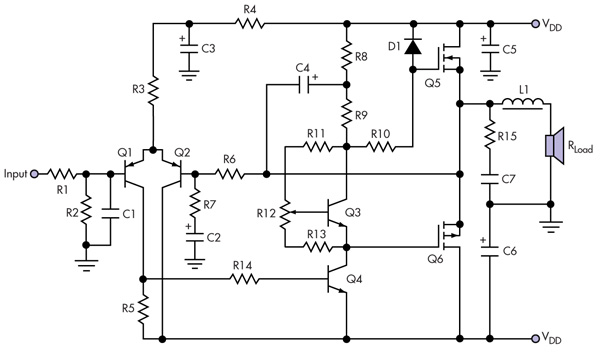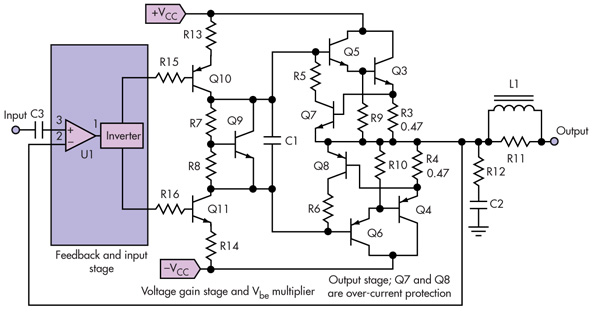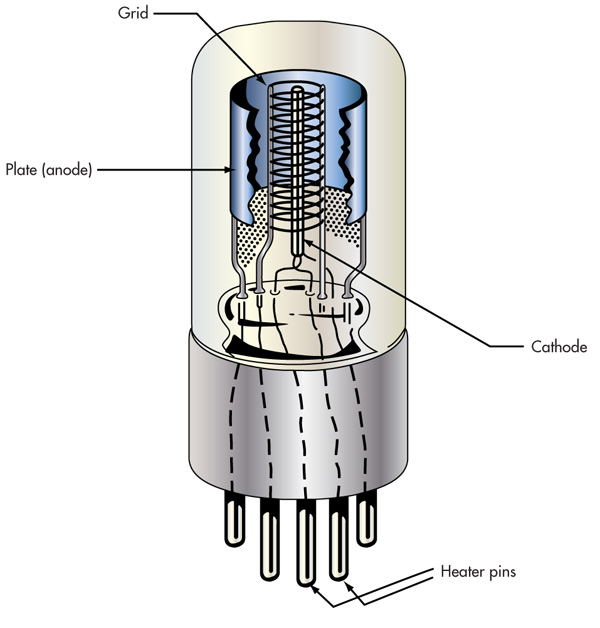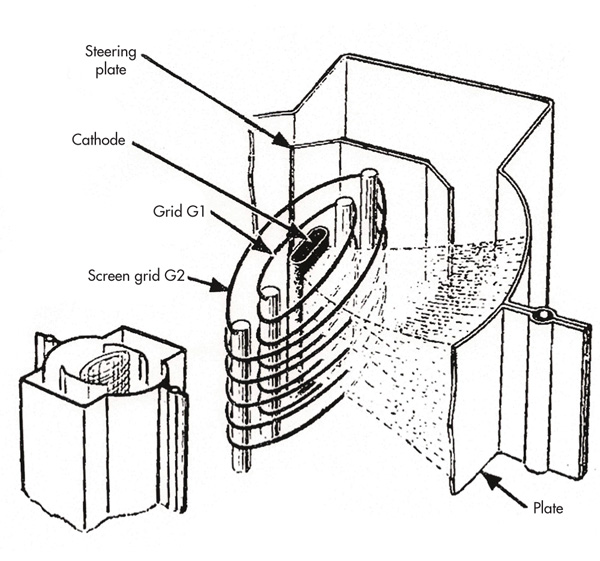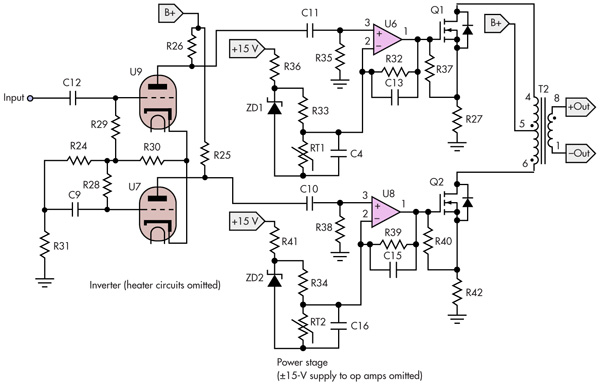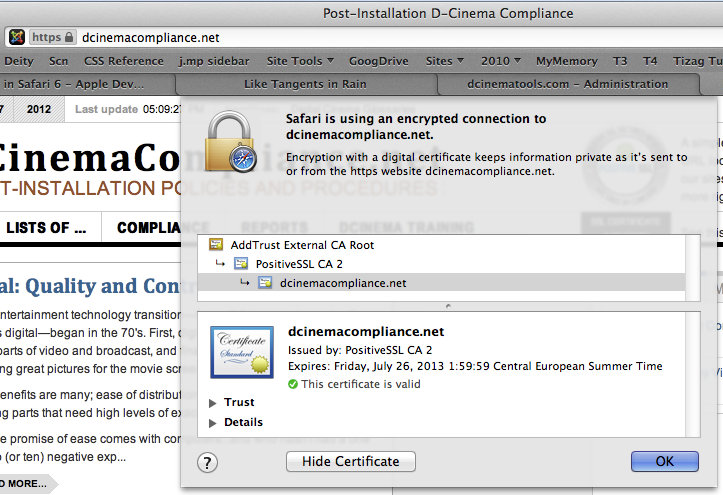Digital Process Workflow Lab To Simulate Leading Real-World Post Production Strategies for Both Film and Television
Partners Bring Clarity, Cohesion to First-of-its-kind Pavilion at Createasphere’s Fall Entertainment Technology Expo
BURBANK, CA (August 14, 2012) Three months before its scheduled launch, Createasphere and its partners have announced further developments in the content of the first-ever Digital Process Workflow (DPW) Lab at the fall edition of the Entertainment Technology Expo (ETE) being held at the Burbank Marriott, November 7-8. The DPW Lab is a curated, walk-through demonstration of the digital workflow ecosystem and the processes that define how content is created, distributed and archived today and in the near future. As both the feature film and broadcast industries continue to adopt new digital technologies, many production professionals are looking for guidance. The DPW Lab will demonstrate customizable strategies that are scalable and affordable, based on real-world solutions that Lab partners are integrating and creating every day in post.
DPW Lab partners – including Dell, ARRI, Technicolor, Adobe, 5th Kind, FilmLight, Signiant, Levels Beyond, Quantum, Codex and other leading solution providers – are working together to develop a demonstration of file-based content creation from capture to archive and distribution. Each company will contribute its authoritative expertise to an integrated pavilion that showcases today’s best-in-class digital workflow. The ultimate goal of the Lab is for attendees to leave with a “big-picture” understanding of how decisions at every stage of production and post production impact the quality of content generation, and how that content can be accessed and monetized for the future.
Interactive, educational sections of the DPW Lab will break down each step of the digital processes for feature film and television content creation. A simulated workflow will explore where post begins, how decision-making impacts each stage of the process, and how content is created with real-world solutions in mind. Areas of focus will include:
- Capture – from camera, on-set dailies management, data capture, and file movement
- Post – integration of editing, visual effects, finishing and color grading to deliverables
- Storage – hardware, networking, digital asset management (DAM), and media asset management (MAM)
- Security – addressing high level protection and performance
- Distribution – global connectivity
- Exhibition – cinema and home
- Mobile – extending the story to second screen experiences
- Archiving/preservation – accessibility, usability and monetization of content
“We are extremely proud to showcase our media and entertainment solutions in Createasphere’s Digital Process Workflow Lab this year,” said Laurie Hutto-Hill, general manager for Dell Telecommunications, Media & Entertainment. “The industry’s recent digital transition has created a need for consolidated hardware, unified workflow processes and intelligent storage and archive systems, and we’re thrilled to be able to demonstrate our ability to support these new digital models at the show this year.”
Industry alliances, keynote speakers and the availability of a downloadable guide and map for the Lab will be announced soon. For more information, visit http://www.createasphere.com/dpwlab.
About Createasphere
Createasphere is the premier business development partner for technology enabled entertainment, marketing, and communications organizations. We advance careers and technologies by connecting world-class professionals globally online and in person.
Createasphere was founded in 2001, and over the past decade has grown into a global company that in 2011 produced seventeen events over three continents as well as five websites. Createasphere became part of Diversified Business Communications in 2008, and now drives their entertainment, media, technology strategies and properties division. Currently, Createasphere produces the Entertainment Technology Expos in Los Angeles; the Digital Asset Management Conference in New York, Los Angeles, and Europe; The DAMMY Awards in New York; the Executive Marketplaces for Houses of Worship in Los Angeles and Chicago; Post Production Master Classes in New York and Los Angeles, the Digital Process Workflow Lab and the online news and content portals ProVideoCoalition.com, DamCoalition.com and ProPhotoCoalition.com.
Connect with Createasphere on:
Facebook (http://www.facebook.com/pages/createasphere/120410987973181)
Twitter (https://twitter.com/createasphere)
LinkedIn (http://www.linkedin.com/company/createasphere)
Vimeo (http://vimeo.com/createasphere)
Flickr (http://www.flickr.com/search/?q=createasphere&f=hp)

